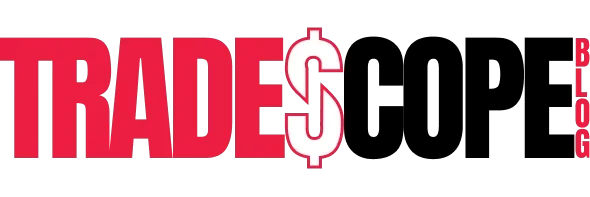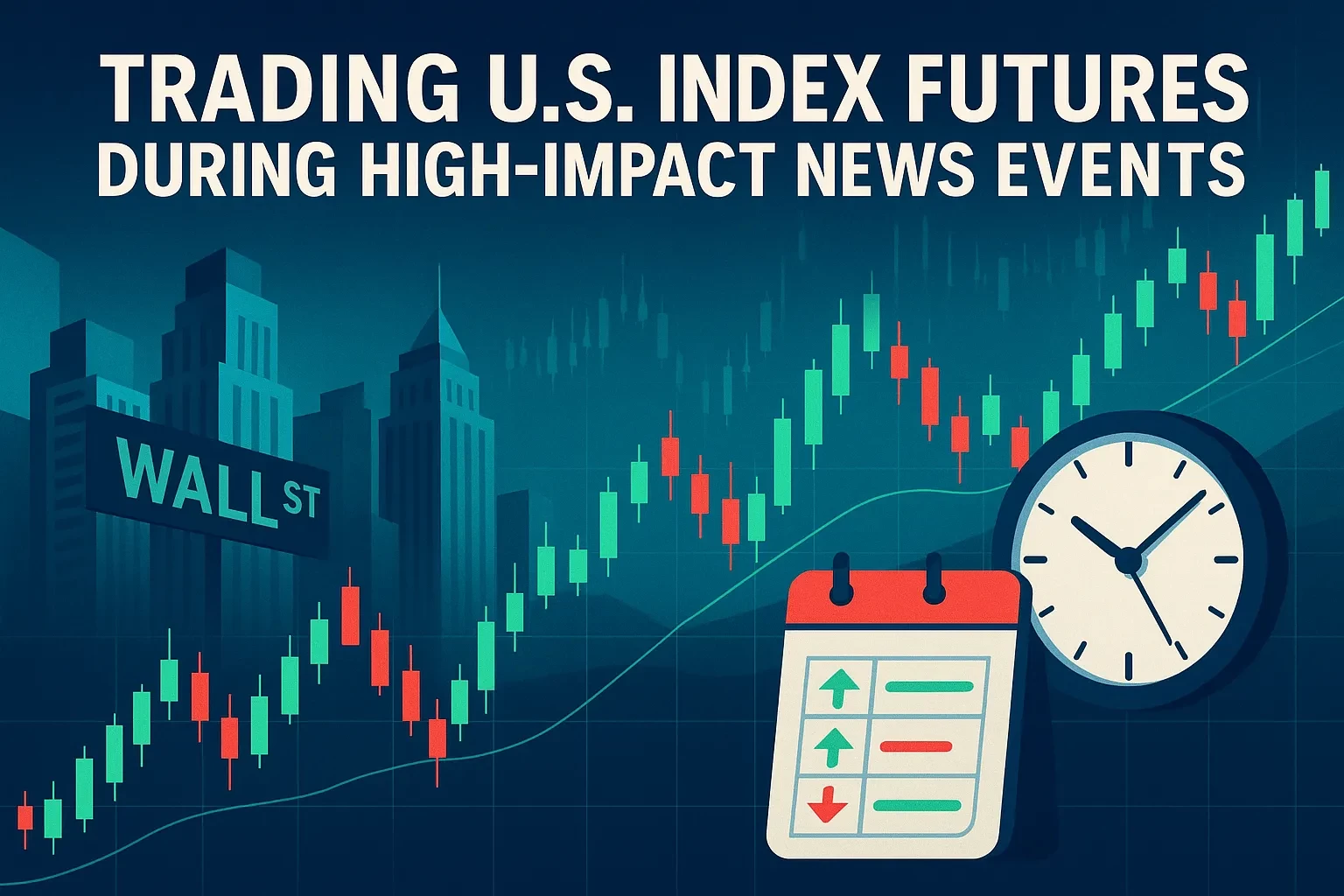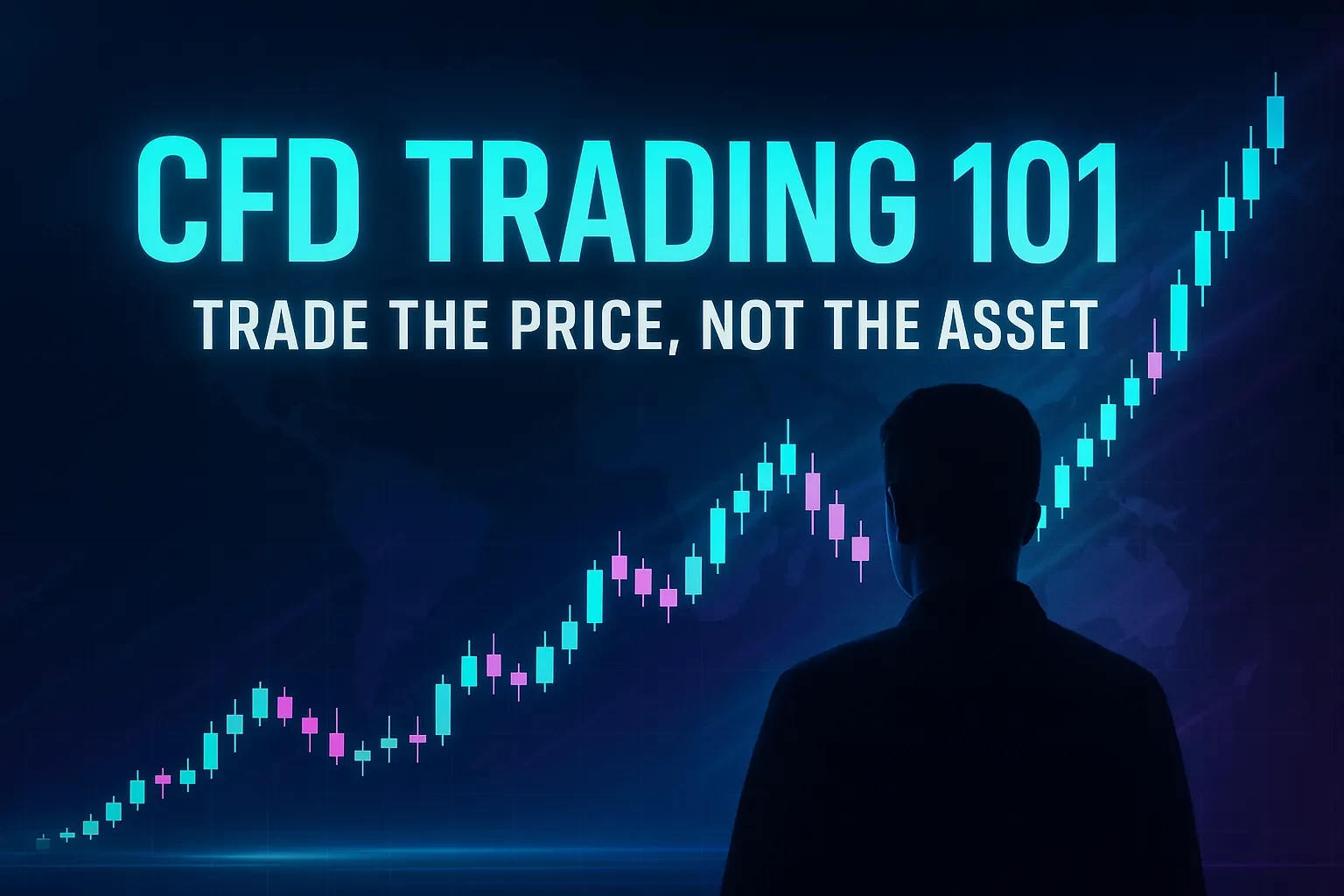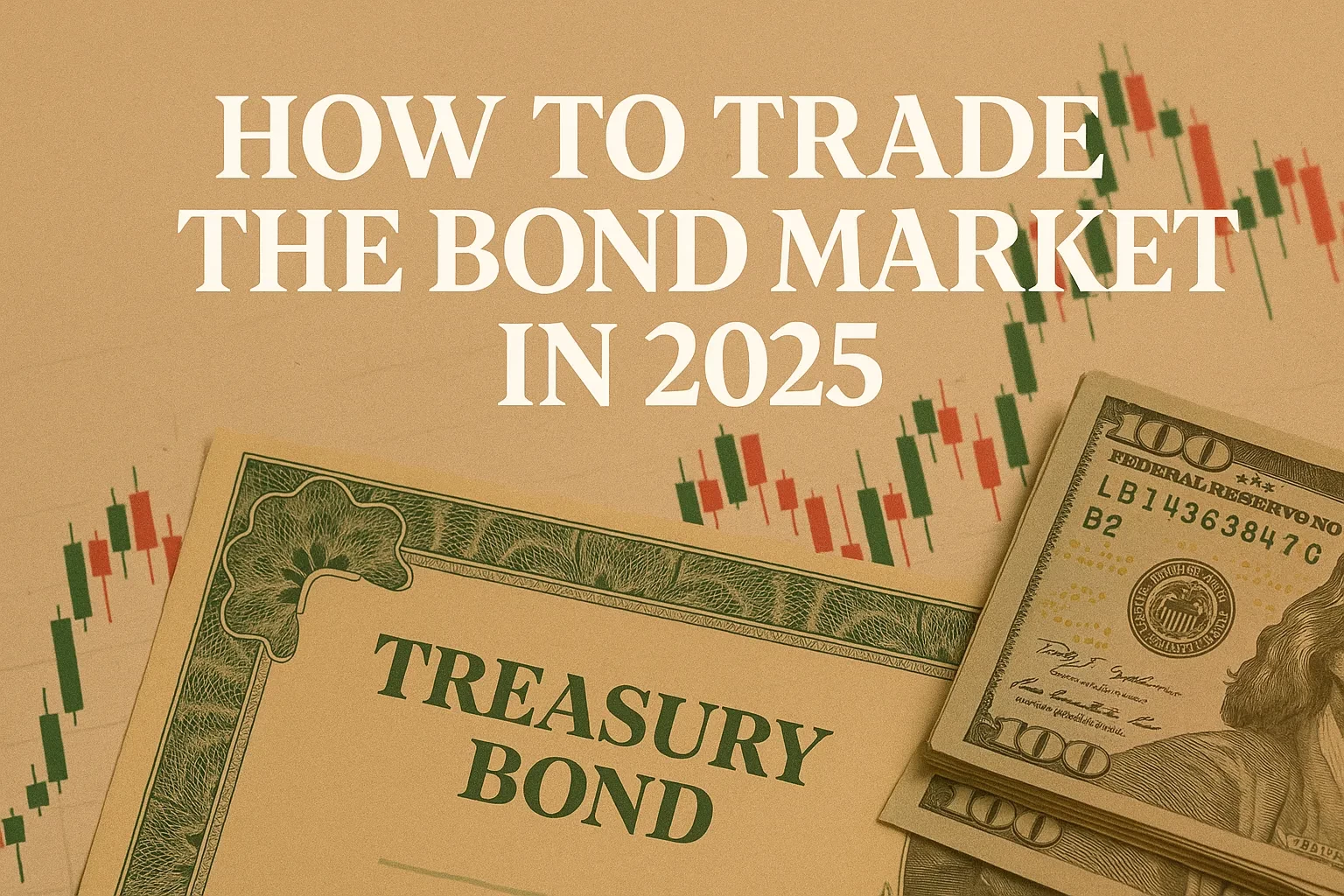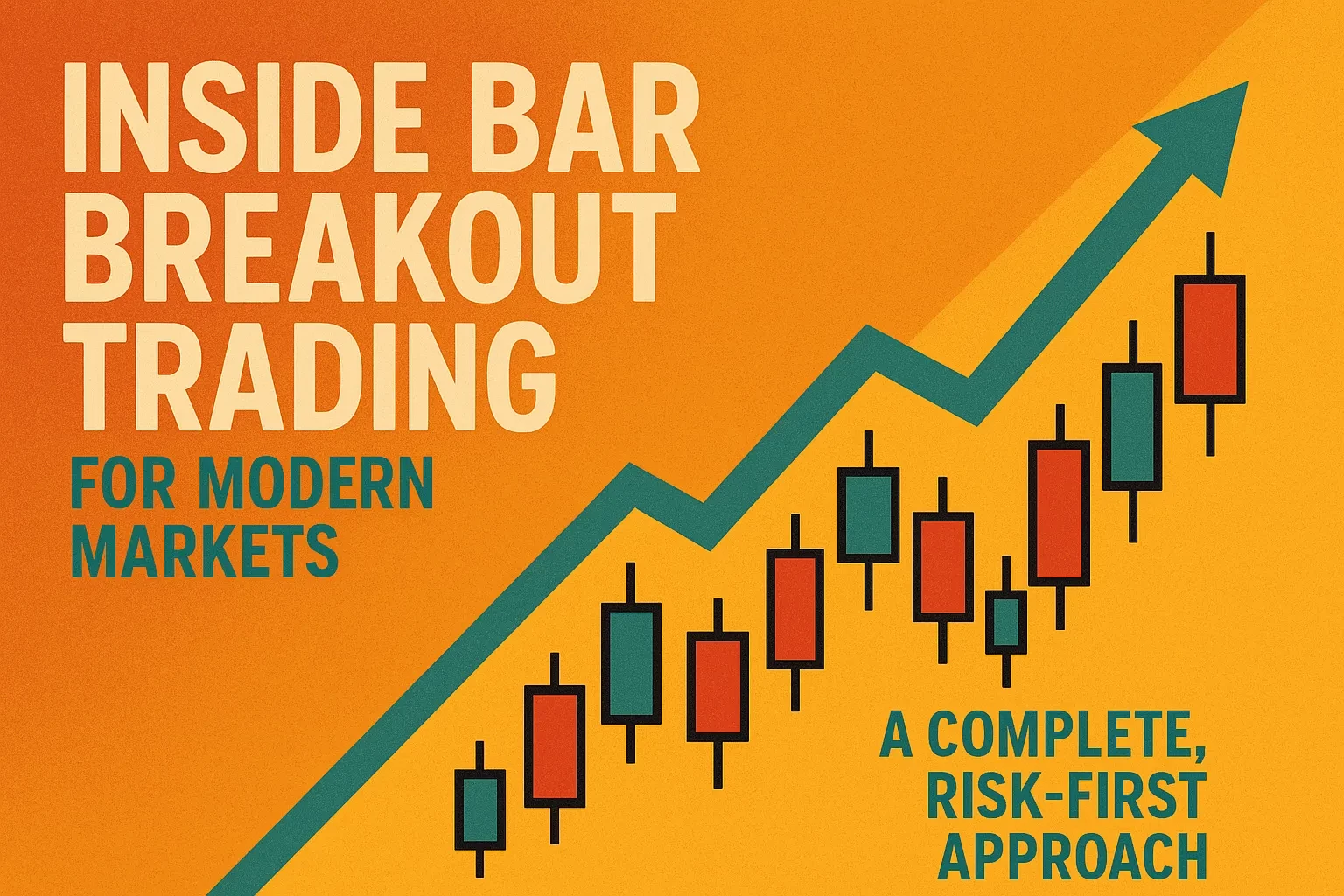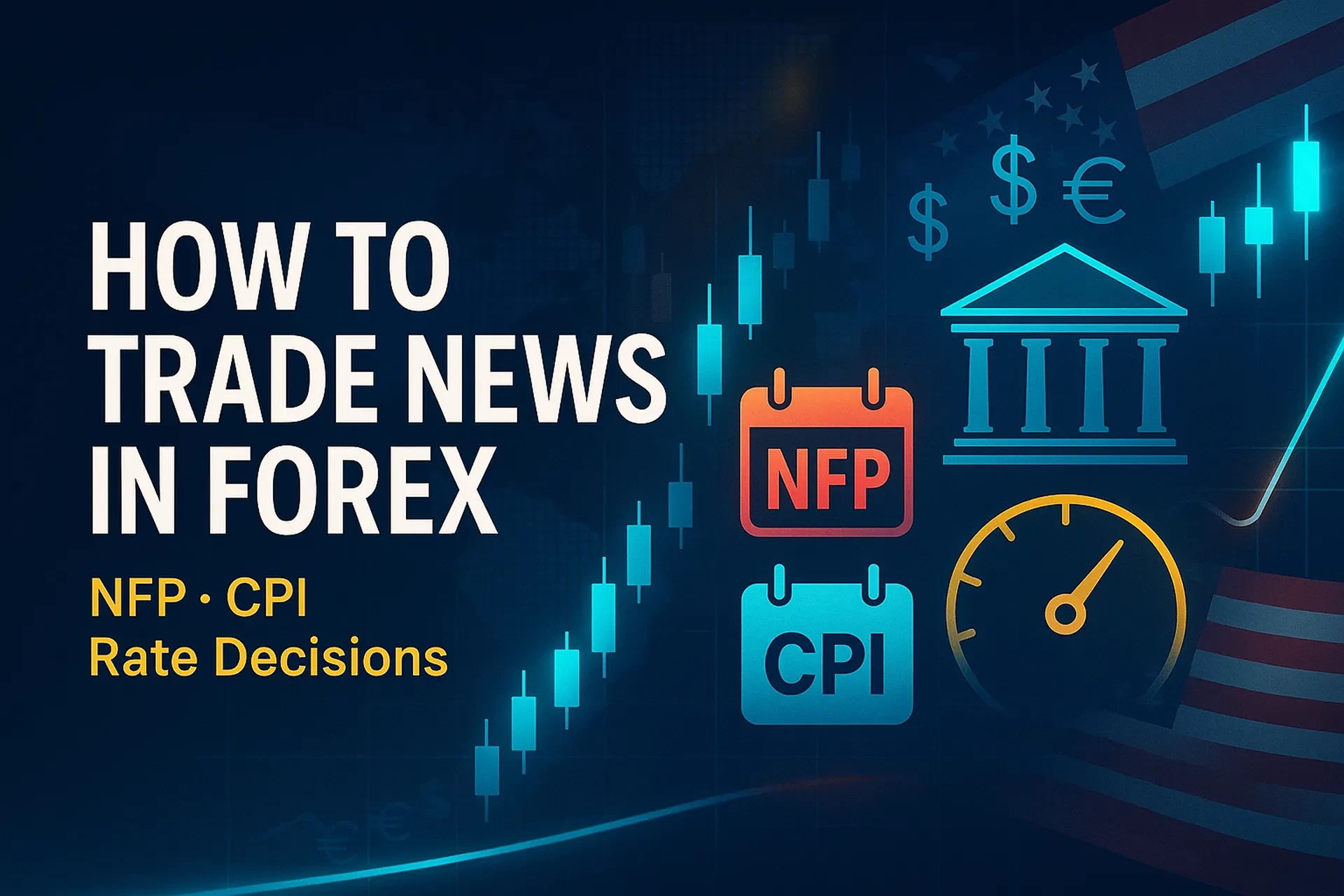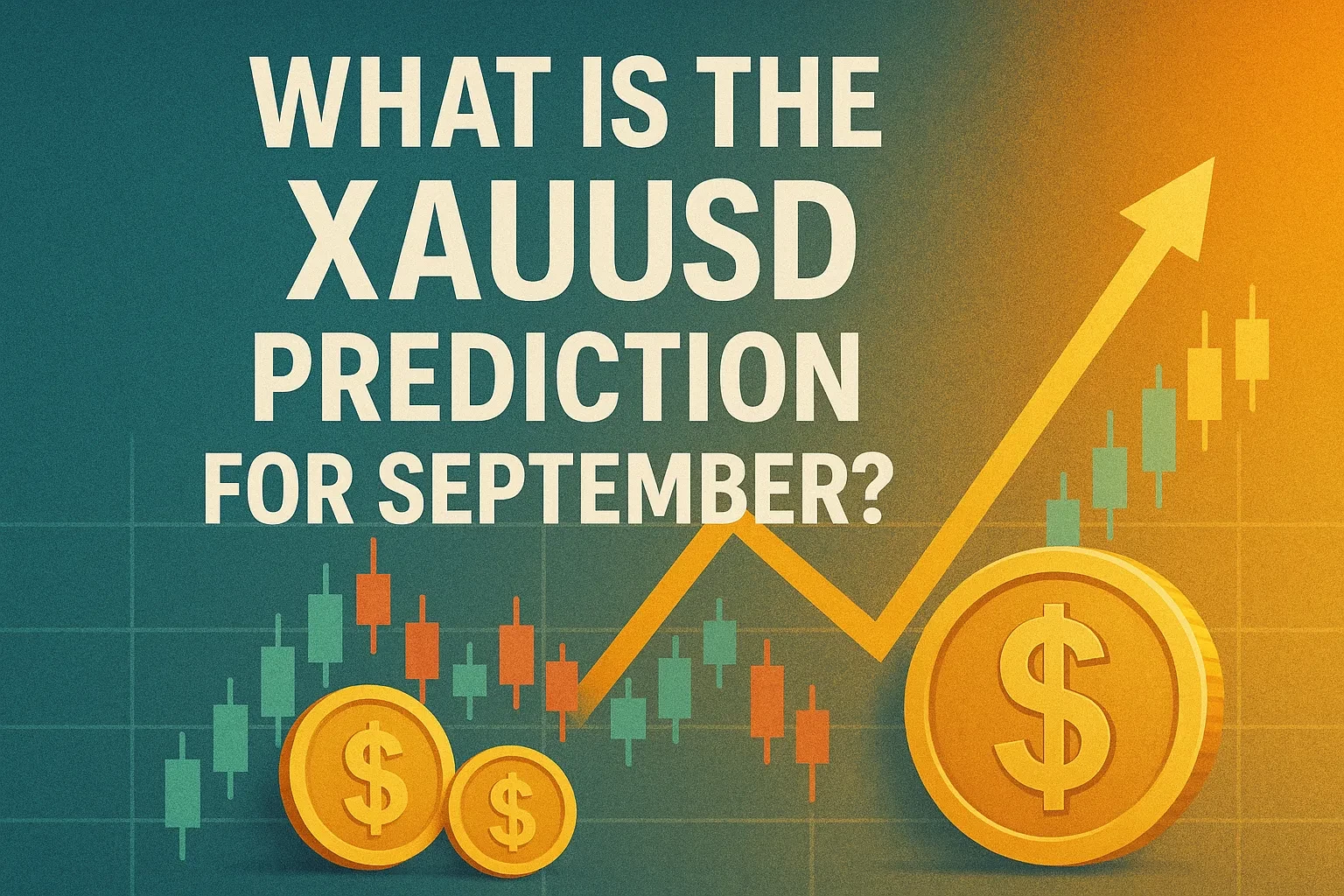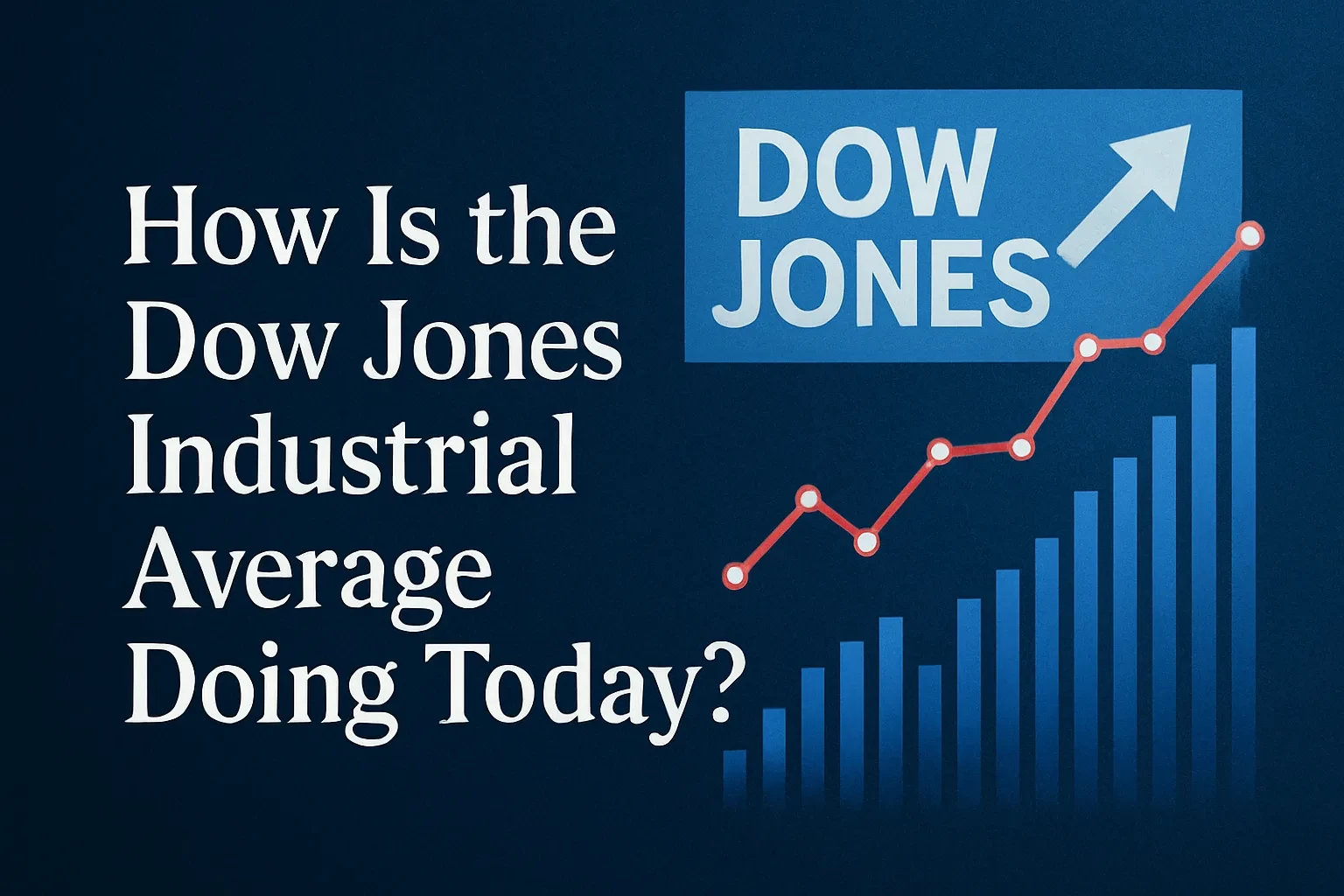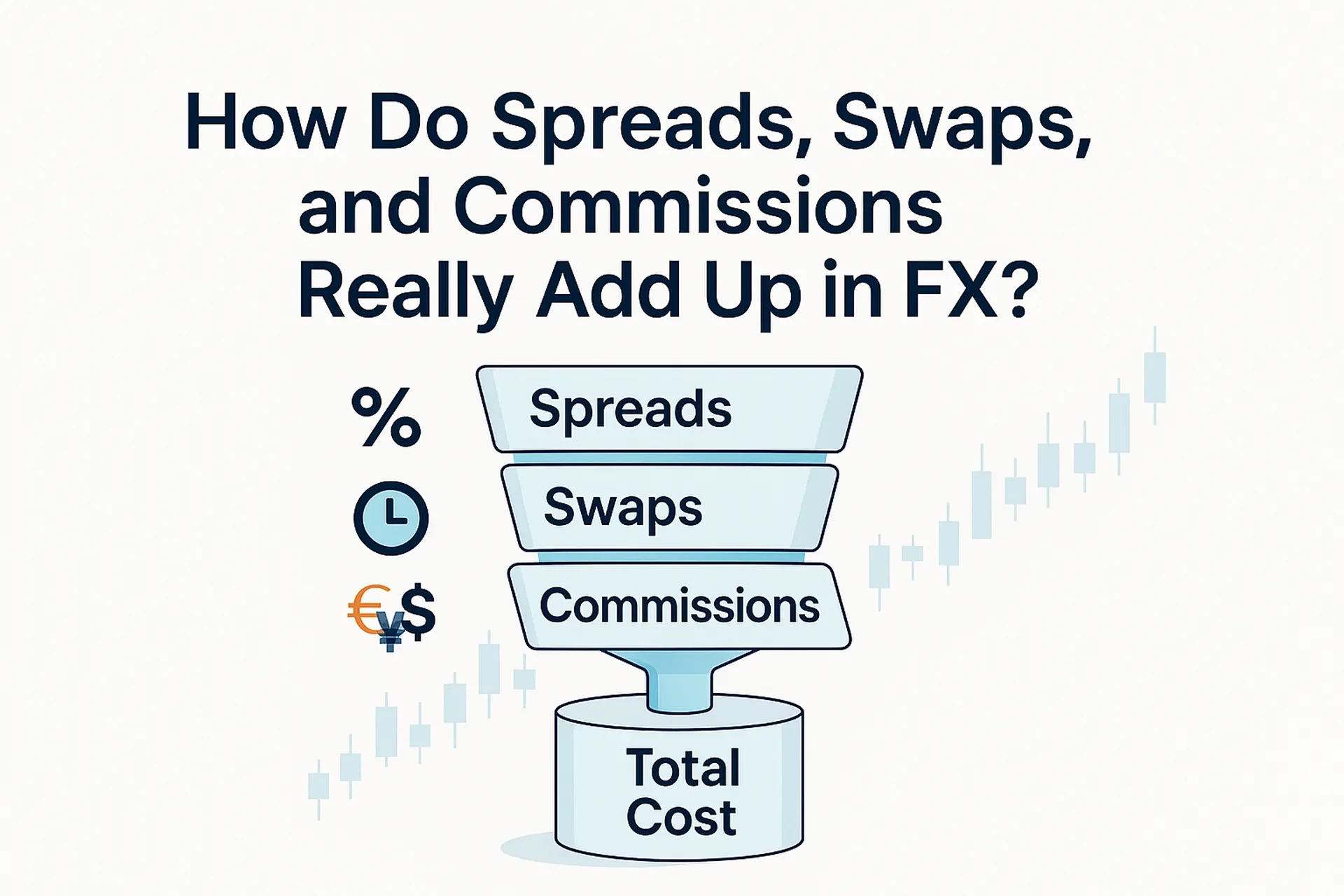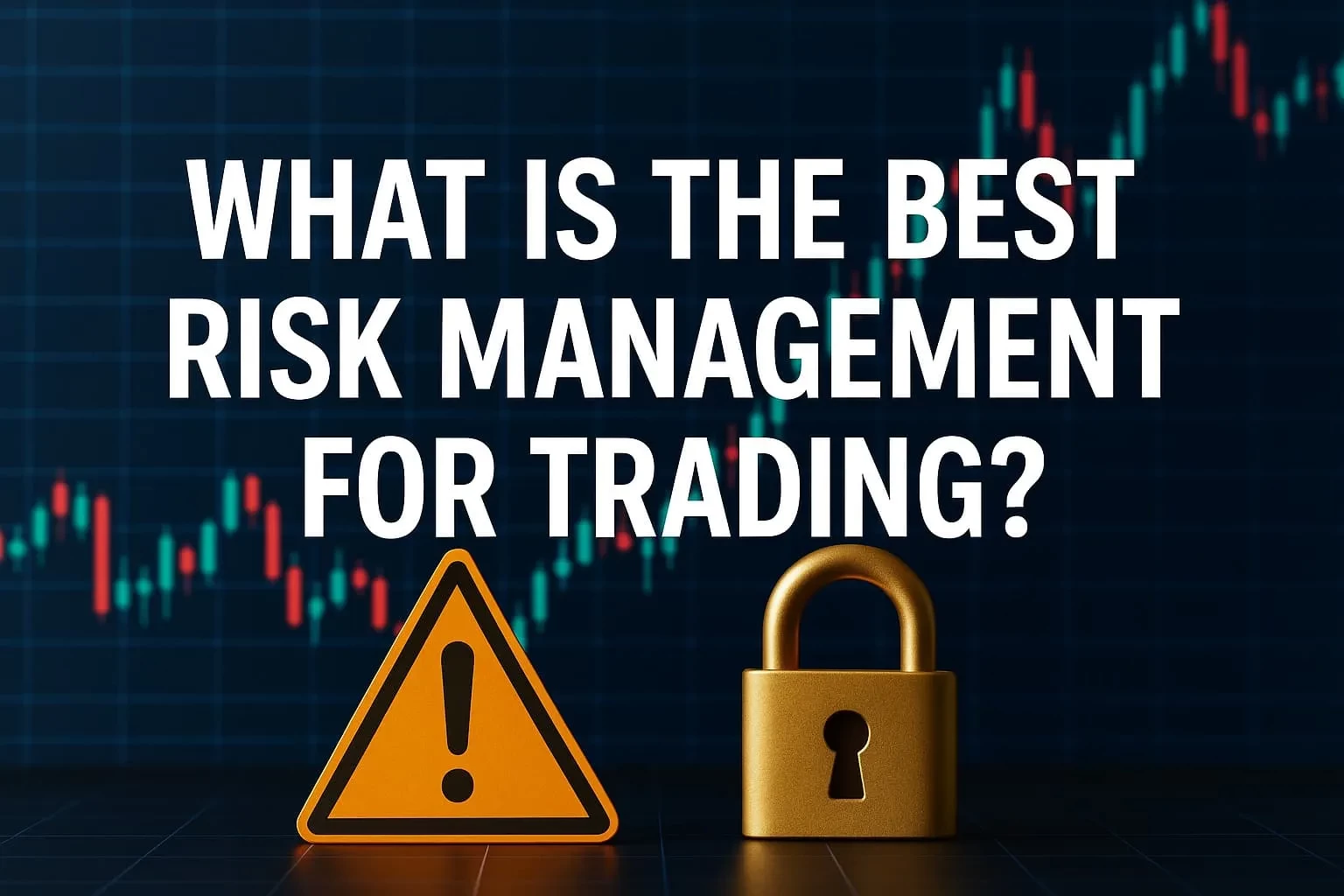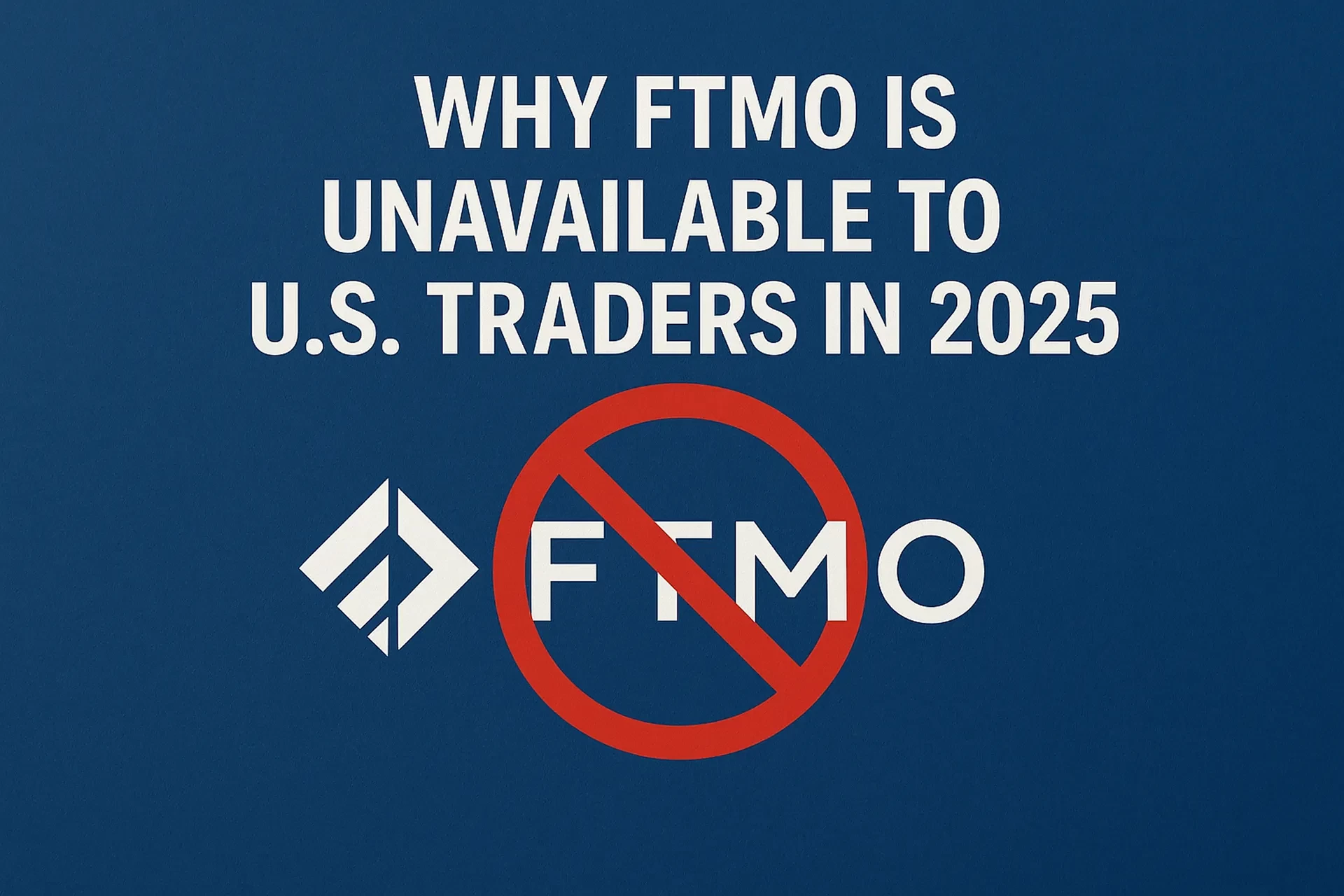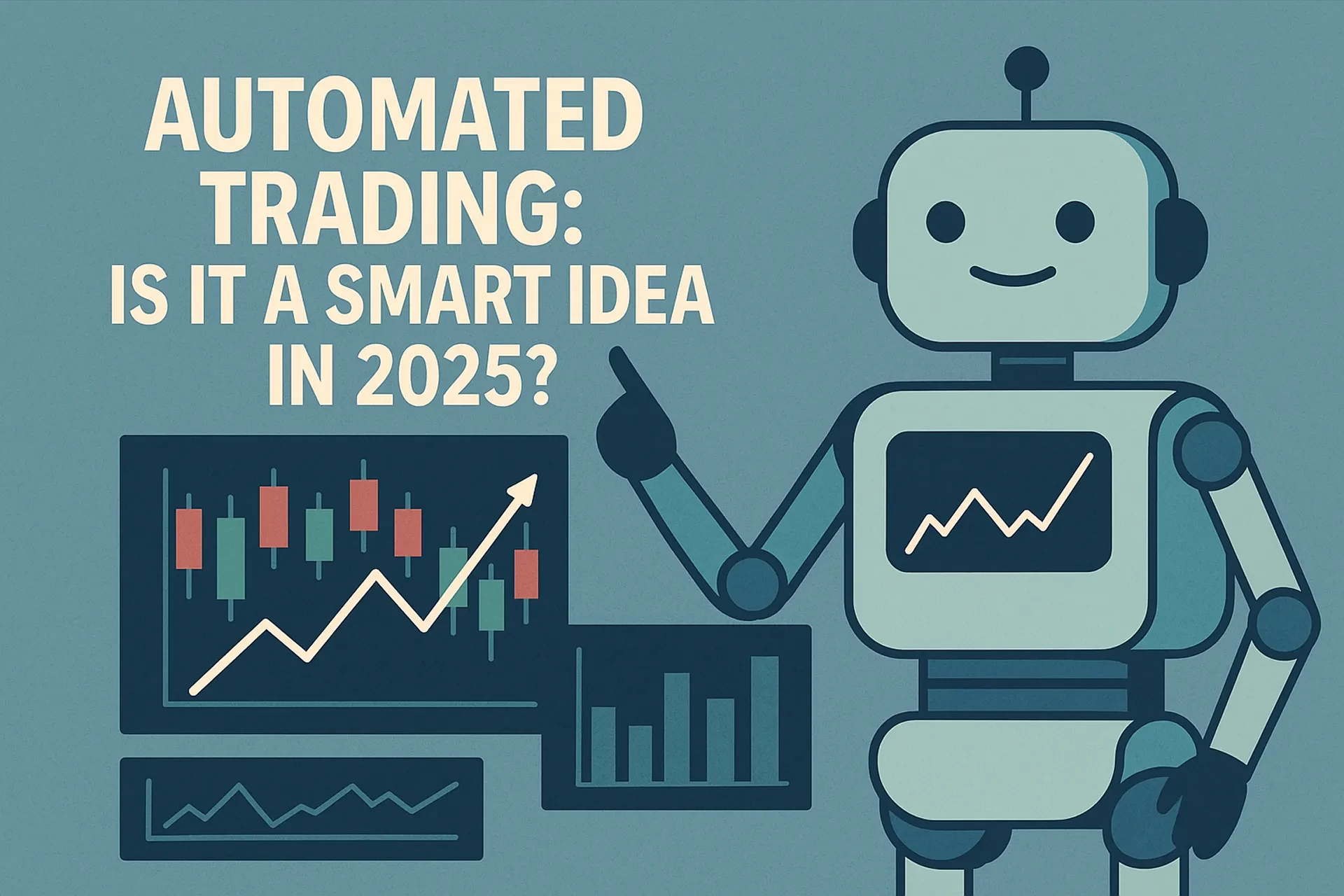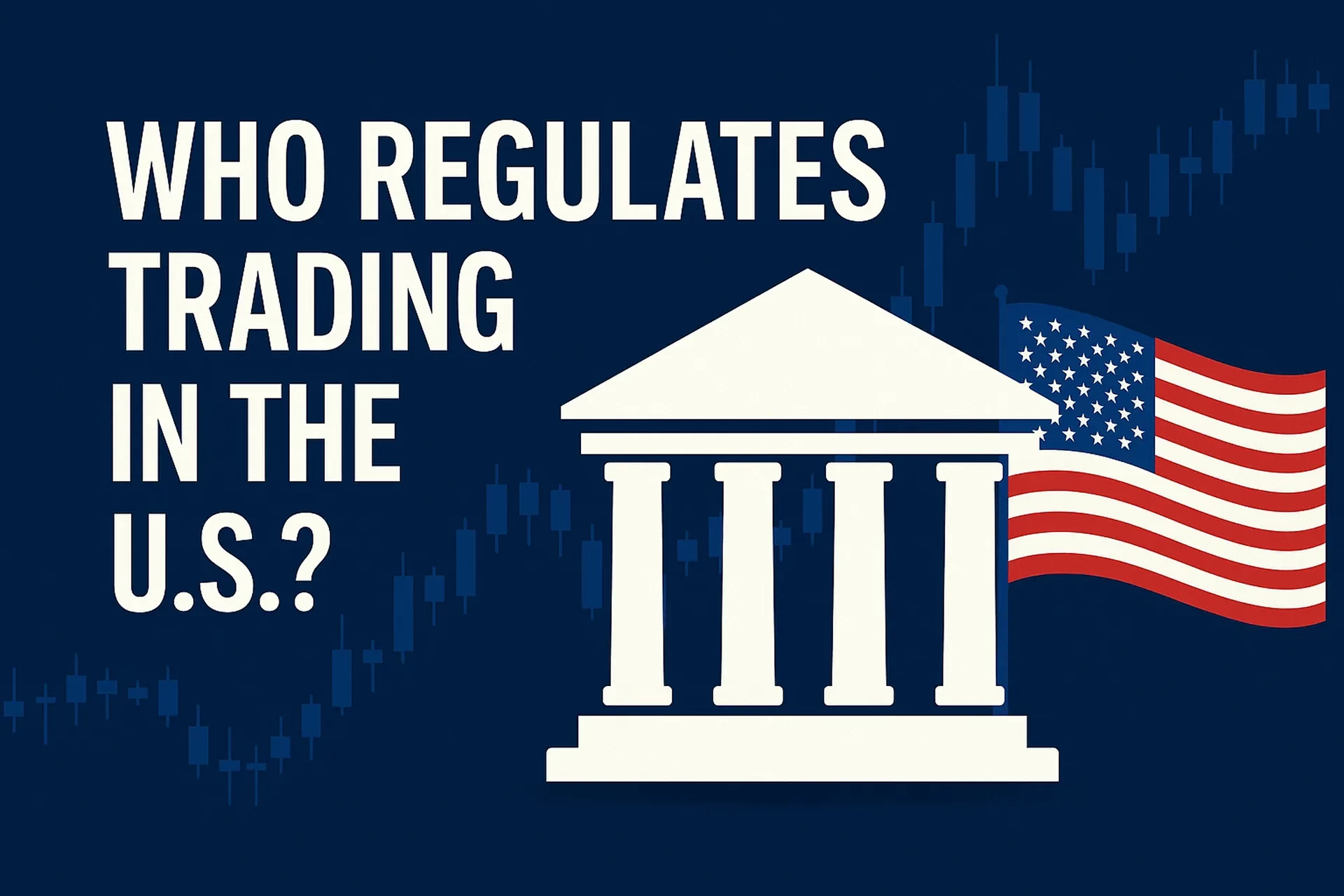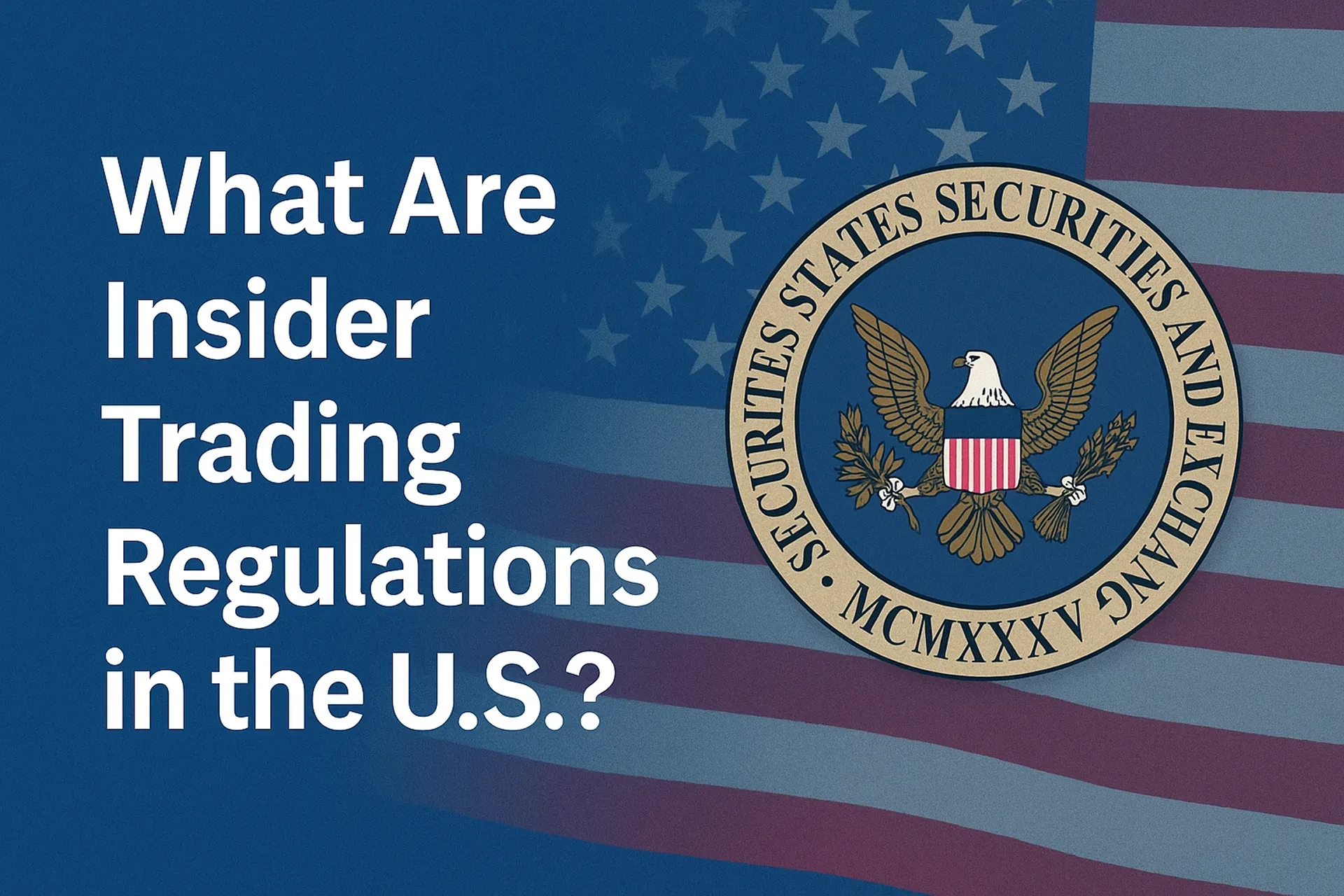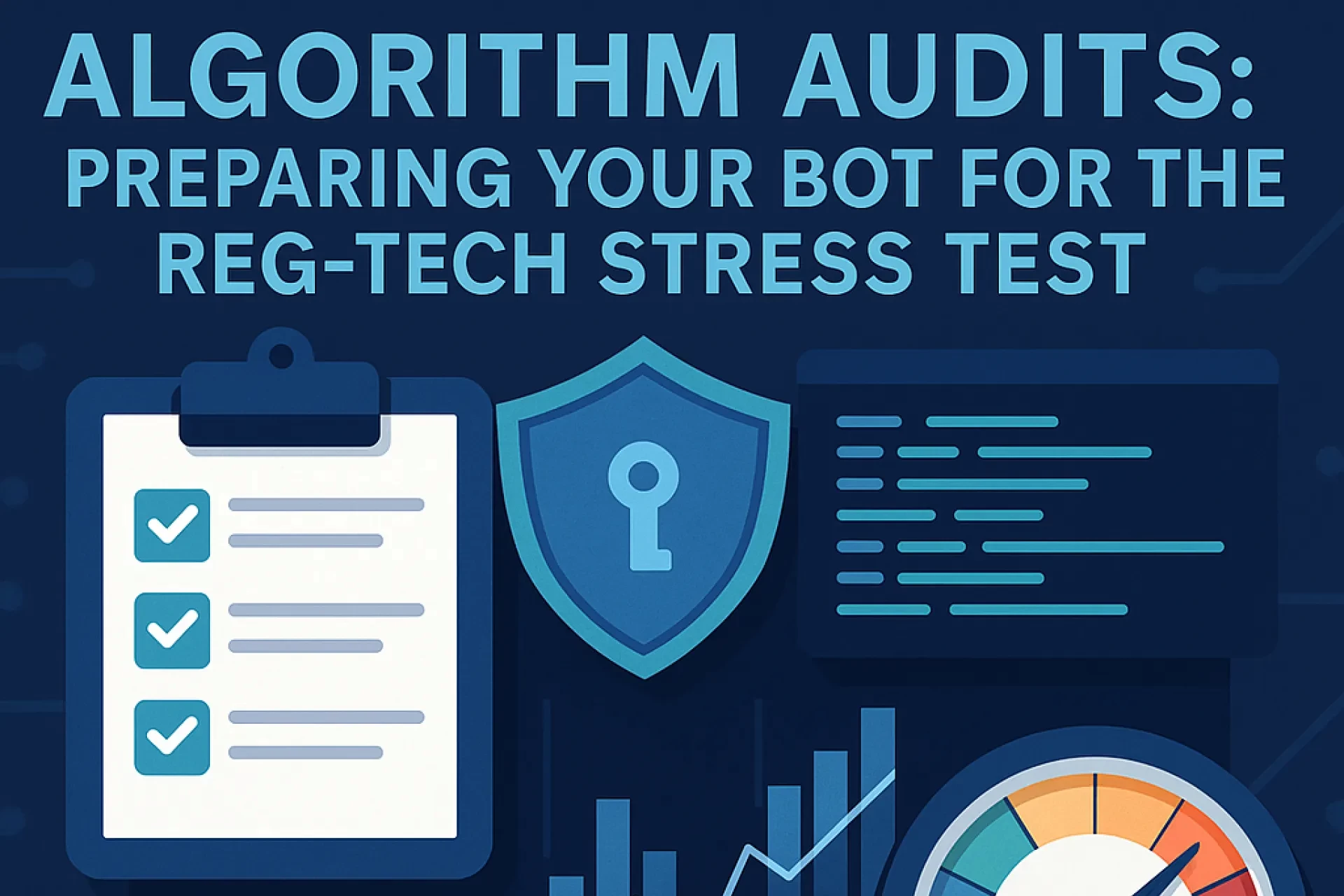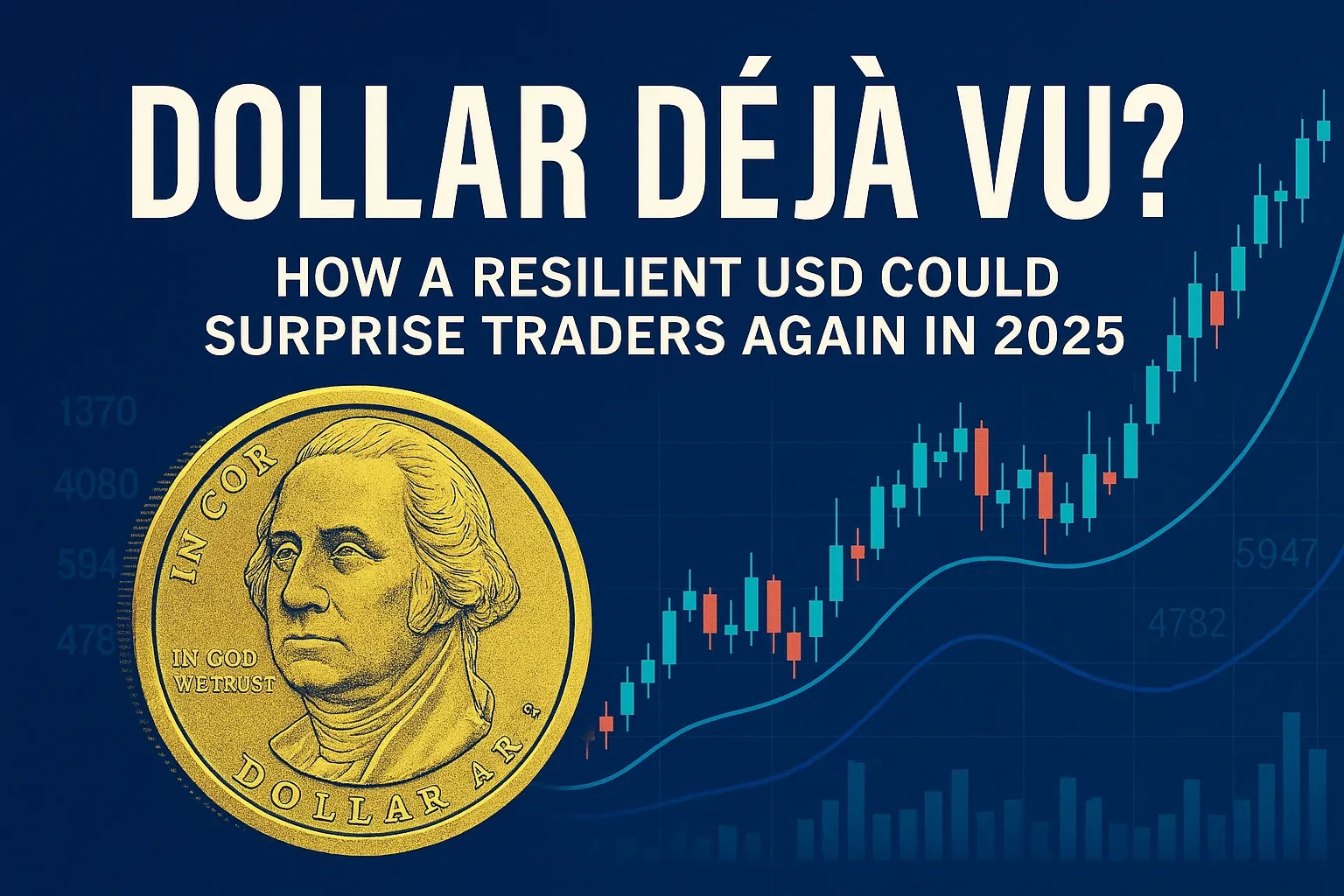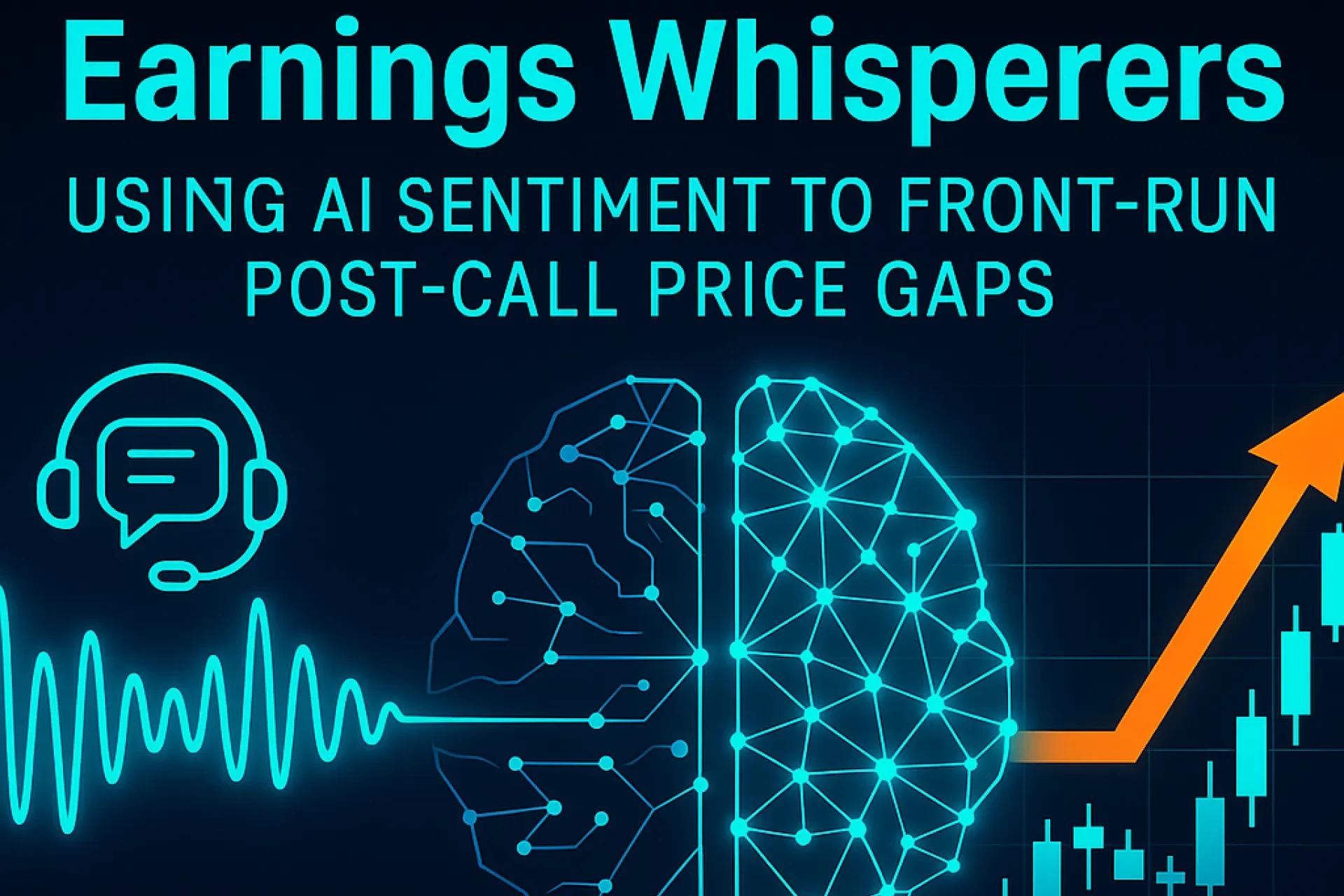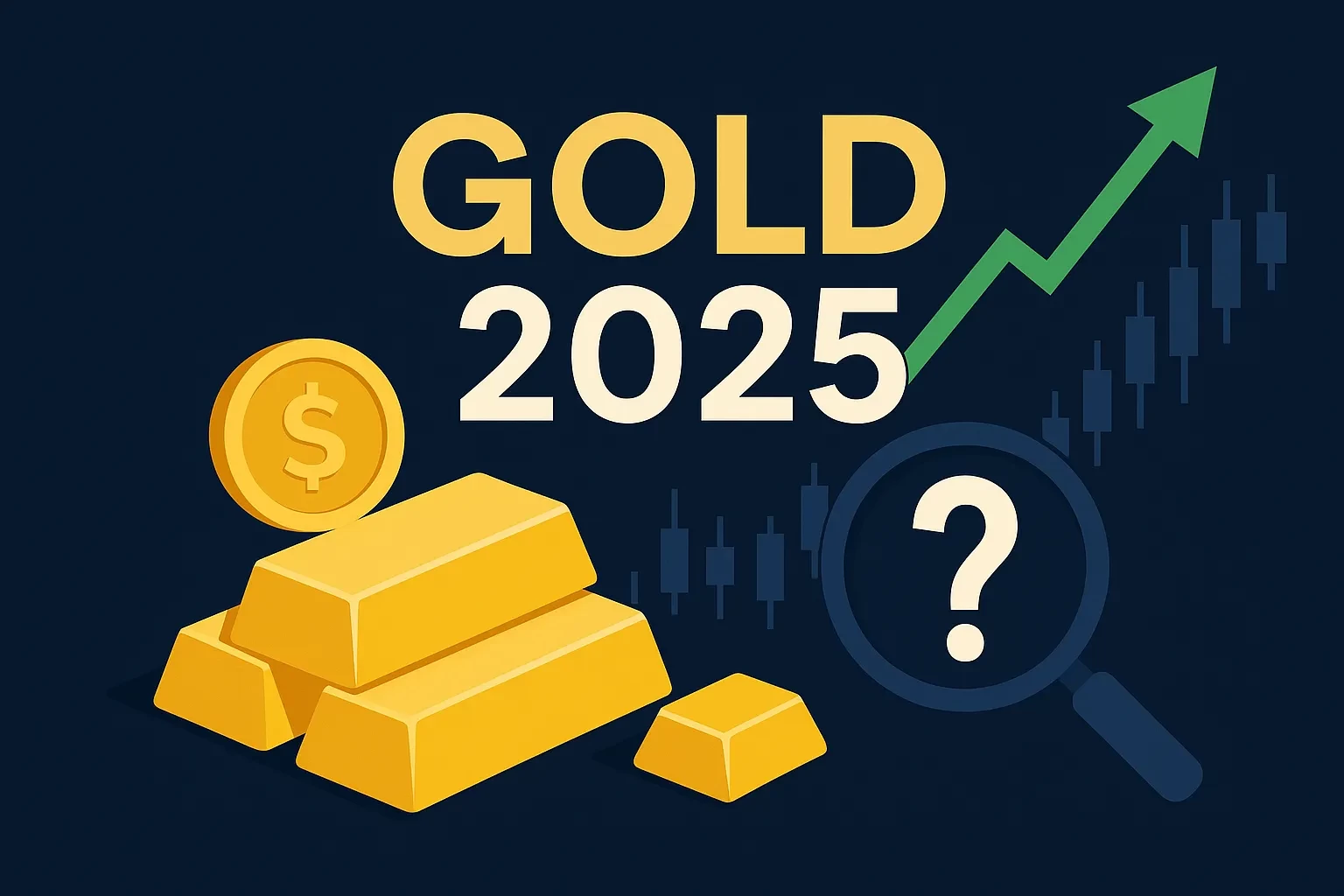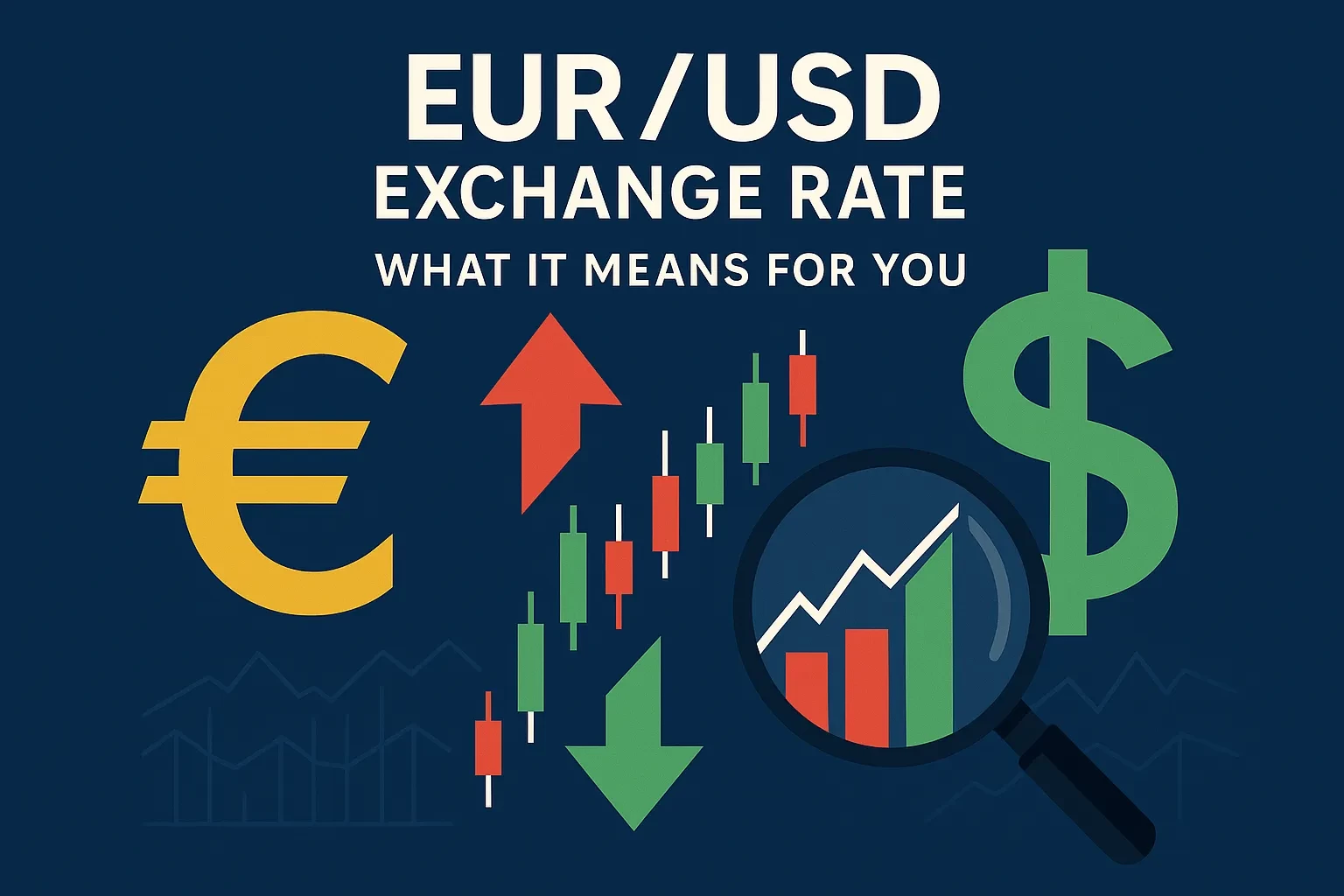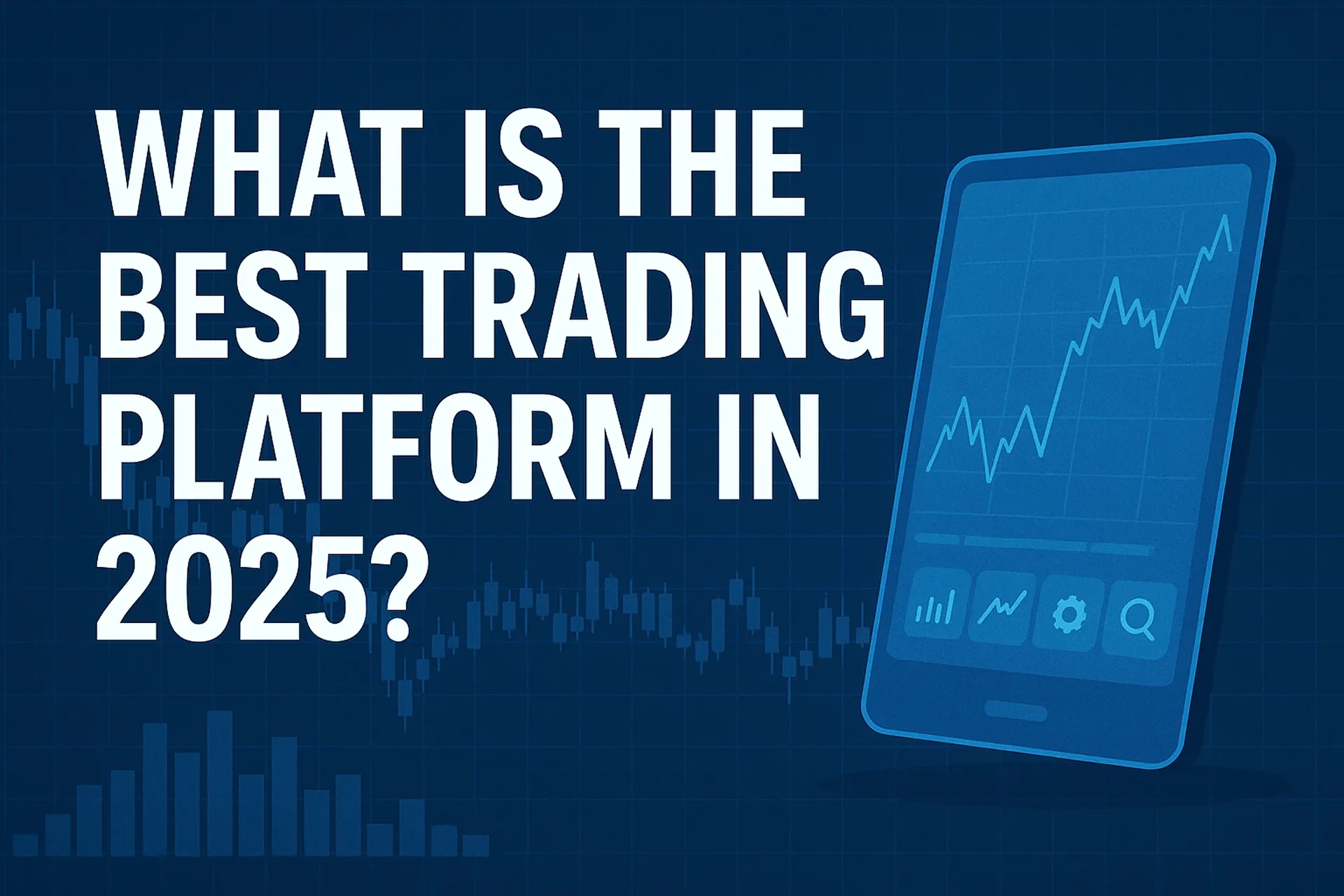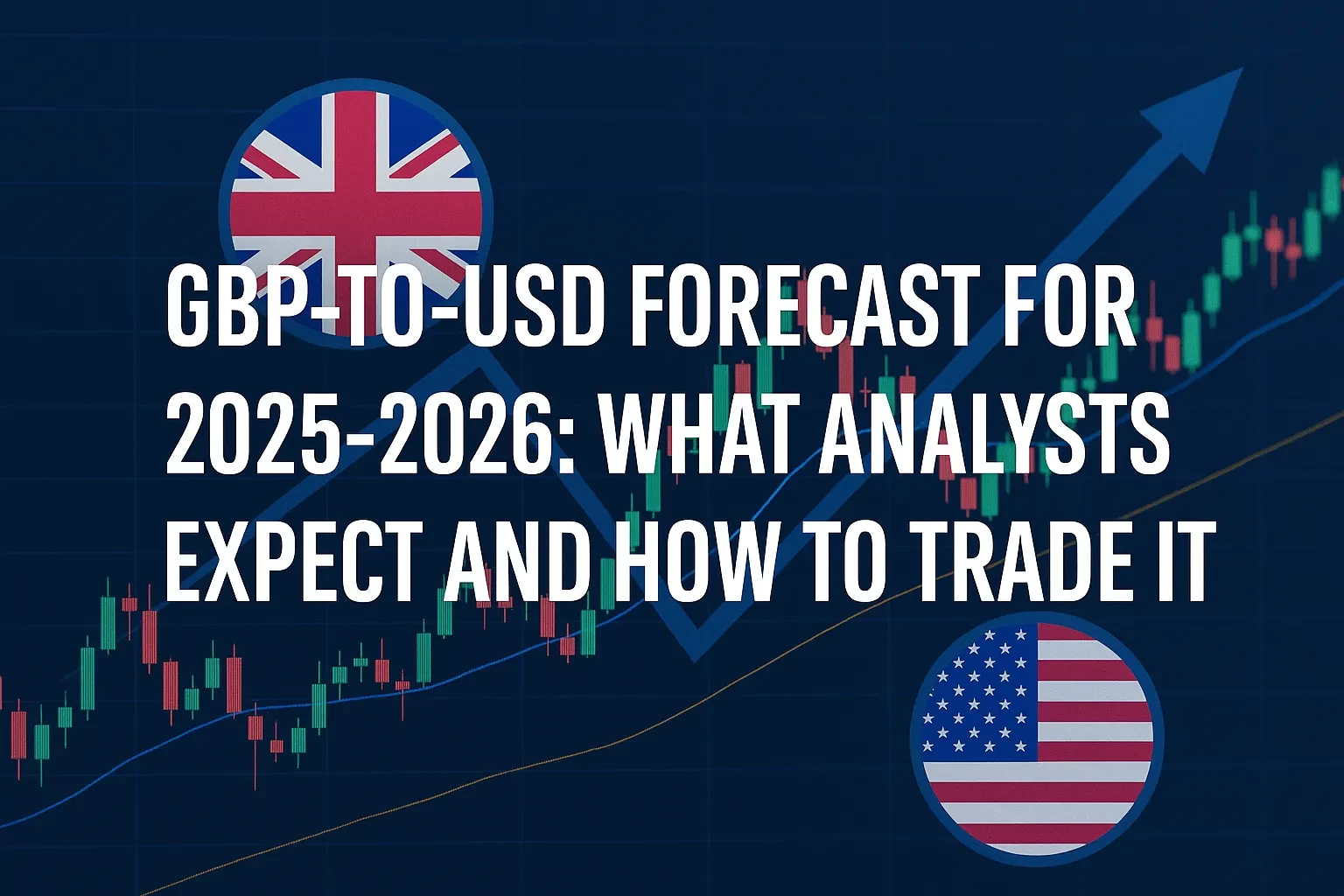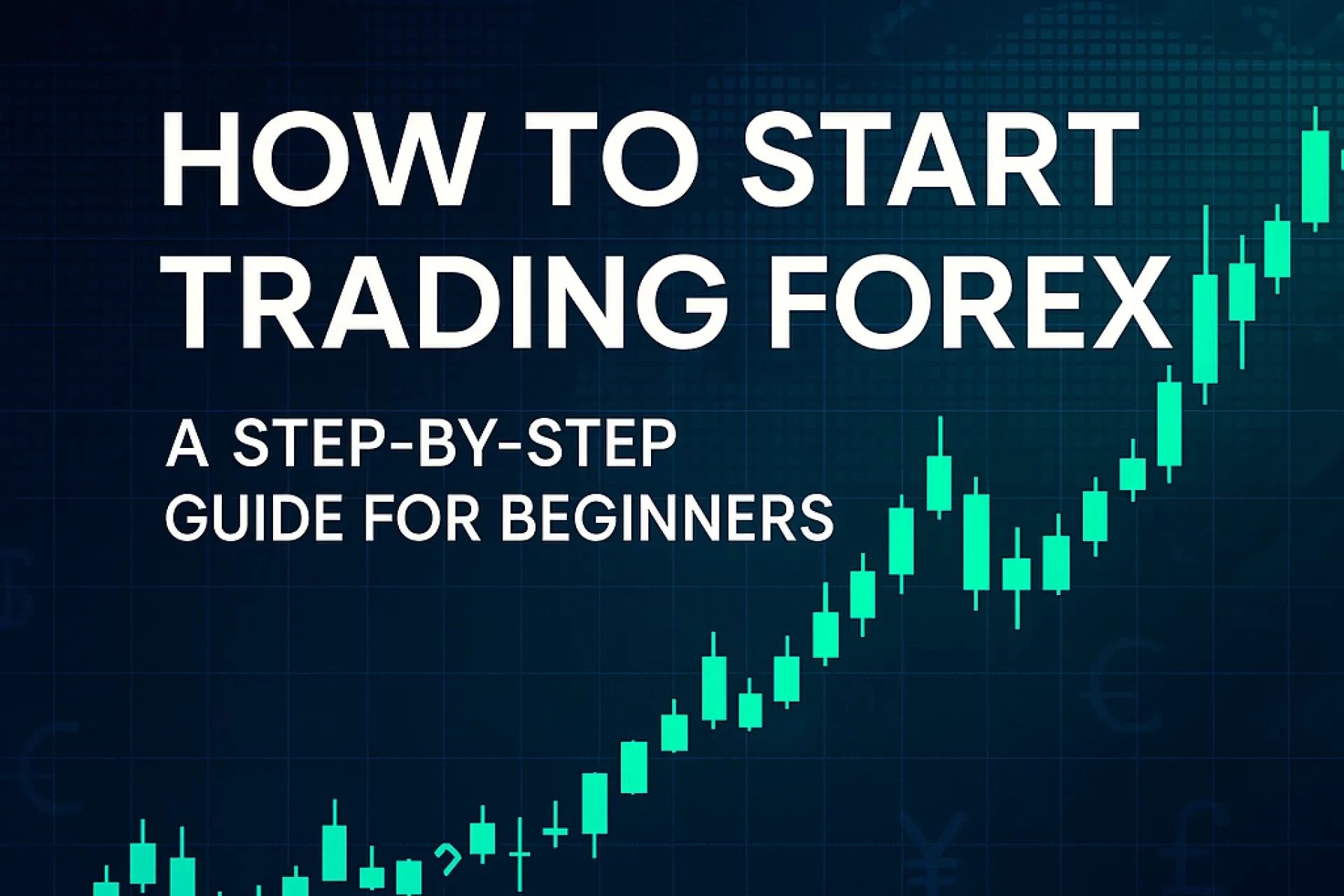Answer up front: After the Federal Reserve’s September 2025 rate cut and the yield curve’s move back into positive territory (10-year minus 2-year ≈ +0.54%), the classic recession signal is fading but not gone. You should treat the post-pivot steepening as a transition phase: pair curve slopes with leading data (LEI, labor, credit) and policy guidance to update your recession odds month-by-month rather than calling the all-clear yet (Fed, 2025; FRED T10Y2Y, 2025).
Plain-English risk disclaimer: Markets can move sharply and unpredictably. No strategy in this article guarantees profits or prevents losses. Consider your objectives, time horizon, and risk tolerance, and consult a licensed advisor where appropriate (see resources from the SEC, CFTC, and NFA linked below).
Affiliate disclosure: No affiliate links in this piece. External links point to regulators/statistical sources for transparency.
Table of Contents
Why this matters now
You’re stepping into one of the trickiest macro windows: the post-pivot period—after the Fed stops hiking and begins cutting. On September 17, 2025, the FOMC lowered the target range to 4.00%–4.25% and signaled data-dependent easing ahead (Fed, 2025). At the same time, the most-watched curve slope (10y–2y) that had been negative for a record stretch is now positive (~+0.54% as of Sept. 18, 2025), a sharp shift from the deep inversion of 2022–2024 (FRED T10Y2Y; background on the record inversion: Reuters, 2024). Historically, recessions often start after policy pivots as lags bite, but not always, and the 2022–2024 cycle already challenged priors.
So your edge comes from process: reading the curve in context, updating odds in real time, and translating that into positioning rules—without falling for “one-indicator” traps.
Definitions & quick context (no jargon left behind)
• Yield curve: A line that plots Treasury yields across maturities (e.g., 3-month, 2-year, 10-year).
• Inversion: Short rates > long rates; historically a reliable recession harbinger. Two popular slopes:
• 10y–2y (T10Y2Y)—heavily used in markets.
• 10y–3m (T10Y3M)—the New York Fed uses this term spread to estimate 12-month recession probabilities (NY Fed model; FRED T10Y3M).
• Post-pivot steepening: After the Fed cuts, front-end yields typically fall faster than long rates, turning curves positive again—but the first months post-pivot often coexist with softening growth.
• NBER recession definition: A recession is a significant decline in activity, spread across the economy, lasting more than a few months, judged across depth, diffusion, and duration (NBER, 2025; NBER FAQ).
A simple mental model: P.I.V.O.T.™ for the post-pivot window (unique framework)
Use this five-point checklist monthly to update your recession odds without over-reacting to headlines:
1) Policy path: What do the Fed and rates-futures imply about additional cuts?
• Read the statement/dots and compare with CME FedWatch probabilities to see if markets price faster easing than the Fed’s guidance (Fed, 2025; CME FedWatch). If markets expect much more easing, they may be embedding growth risk.
2) Inflation glidepath: Are sequential prints letting the Fed cut further without re-accelerating inflation expectations? (Use CPI/PCE from BLS/BEA, not covered here, but keep it on your dashboard.)
3) Velocity of credit: Watch financial conditions and credit spreads; a benign steepening with widening credit is a red flag. (The Chicago Fed NFCI and BBB-10y spread are handy complements; see FRED references noted on their tool pages.)
4) Output & labor: Track “Big Four” recession indicators (real income, nonfarm payrolls, industrial production, real sales) and jobless claims; the Conference Board LEI trend offers a forward tilt. LEI slipped again in August 2025, driven by non-financial components and the yield spread (Conference Board LEI page; Aug-2025 technical notes PDF: CB, 2025).
5) Term structure: Use both 10y–2y and 10y–3m. Post-pivot, 10y–2y has turned positive (~+0.54%), but 10y–3m can lag; watch for sustained re-steepening across measures before downgrading recession risk (FRED T10Y2Y; FRED T10Y3M; NY Fed model overview: NY Fed).
Bottom line: Treat a re-steepening curve as necessary but not sufficient for an all-clear.
Step-by-step: How to “nowcast” recession risk from the curve (and not get faked out)
• 1) Pull today’s slopes.
• 10y–2y: confirm it’s positive and note the magnitude (~+0.54% on Sept. 18, 2025). (FRED T10Y2Y)
• 10y–3m: check if it has also turned and by how much (FRED T10Y3M).
• 2) Overlay the policy pivot.
• Note the date and size of the latest cut (25 bps on Sept. 17, 2025) and whether balance-sheet runoff continues (QT ongoing per statement). (Fed, 2025)
• 3) Cross-check LEI and the labor pulse.
• If LEI declines alongside a freshly positive curve, you’re in a mixed signal regime; avoid binary bets. (Conference Board LEI page)
• 4) Translate slope into practical odds.
• The NY Fed uses 10y–3m in a probit model for 12-month recession probabilities. Don’t anchor to the exact percentage, but treat a sustained negative 10y–3m as high alert; a sustained positive read for several months with improving LEI/labor lowers odds (NY Fed model).
• 5) Act in tiers, not absolutes.
• Tier A (Defensive): Curves negative + LEI falling + soft payrolls → shorten duration risk in credit, tighten risk budgets.
• Tier B (Cautious): Mixed signals (today’s base case) → barbell risk (quality + selective cyclicals), require tighter stop-losses.
• Tier C (Constructive): Curves positive for 3–6 months + leading data stabilize → gradually extend risk, but stage entries.
Practical example: Converting a curve shift into positioning rules (with simple math)
Suppose the market prices 50 bps more Fed cuts over the next 12 months. Using a stripped-down expectations view:
• Approximate 2-year yield ≈ average expected overnight rate for 2 years + term premium (assume a small, stable premium for simplicity).
• If the current policy rate midpoint is 4.125% and the market expects it to average 3.75% over the next two years, the 2-year could gravitate near ~3.8%–3.9% (ignoring term-premium swings).
• If the 10-year stays anchored around 4.0% on stable long-run inflation expectations, then 10y–2y ≈ +0.1%–0.2%, a modest but positive slope—consistent with a soft-landing hope, not a high-conviction recession call.
Interpretation: In that lane, you avoid max-defensive postures but still demand risk controls: staggered entries, options collars, or tighter position sizing.
Pros, cons & risk management of curve-based signals
Pros
• Time-tested: both 10y–2y and 10y–3m have solid historical pedigree and remain on every CIO dashboard (NY Fed model overview).
• Market-based and high-frequency: updates daily via Treasury pricing (FRED).
Cons
• False starts in normalization windows: curves can turn positive before growth truly re-accelerates.
• Policy distortion: QT/QE and term-premium shifts can blur the signal.
• “This time” noise: 2022–2024 featured an historically long inversion without an immediate recession, complicating base rates (Reuters, 2024).
Risk mitigations
• Require confirmation from LEI and labor diffusion. The Conference Board reported renewed LEI declines into August 2025 (CB LEI; CB July tech notes PDF).
• Use position sizing rules (e.g., 50–70% of normal risk budget) until 10y–3m is firmly positive for 2–3 months and LEI stabilizes.
• If credit spreads widen while slopes steepen, treat it as a yellow flag (tighten stops, favor higher-quality balance sheets).
One helpful table (keep it simple)
| What to watch (weekly/monthly) | Why it matters post-pivot | Where to get it |
|---|---|---|
| 10y–2y and 10y–3m slopes | Confirms if steepening is broad-based (front vs. ultra-front) | FRED T10Y2Y, FRED T10Y3M |
| FOMC decisions & balance-sheet | Pace of cuts; QT still tightens conditions | Federal Reserve statements |
| LEI trend | Forward tilt; synchronized declines raise risk | Conference Board LEI |
| “Big Four” coincident indicators | NBER’s reference set for recession dating | NBER Business Cycle Dating |
Takeaway: A positive 10y–2y is encouraging, but you need the 10y–3m and LEI to confirm a durable turn.
Common mistakes (and expert fixes)
• Mistake: Treating the first positive print in 10y–2y as an all-clear.
Fix: Wait for persistence (e.g., 8–12 weeks) and cross-checks from 10y–3m and LEI.
• Mistake: Ignoring policy path vs. market pricing.
Fix: Compare Fed language to FedWatch probabilities; a big gap implies either growth fears (markets too dovish) or inflation stickiness (Fed less dovish) (CME FedWatch).
• Mistake: Using the curve in isolation to time equities.
Fix: Translate macro to portfolio rules: caps on cyclical exposure, quality tilt, and explicit exit criteria when slopes or claims deteriorate.
• Mistake: Neglecting regulatory and operational risks.
Fix: Know the CFTC, NFA, and SEC guardrails—margin, disclosures, and suitability matter (examples: CFTC SIDR/risk disclosure update, 2024–2025; SEC Investor.gov on trading risks; NFA overview).
Mini case study: “What if the curve steepens, but LEI keeps falling?”
Setup (real-time style):
• Fed has cut once; QT continues (Fed, 2025).
• 10y–2y at ~+0.54% (Sept. 18, 2025) (FRED T10Y2Y).
• The LEI resumed its decline in August; most non-financial components and the yield spread contributed to the drop (Conference Board LEI page).
Read: Mixed. The curve says “improving odds,” but LEI says “not yet.”
Plan:
• Keep risk budgets at ~60% of normal.
• Favor quality balance sheets; hedge beta with index puts or collars.
• Re-evaluate if (a) 10y–3m is positive for ≥ 2 months and (b) LEI stabilizes; only then increase cyclicals.
• If claims trend up and credit spreads widen, de-risk even if slopes are positive (credit trumps curve in late-cycle deterioration).
Compliance & U.S. regulators to know
• Federal Reserve (FOMC): Policy rate & QT set the front-end anchor (Fed FOMC statements).
• CFTC & NFA: If you use futures/derivatives to express macro views, your activity falls under CFTC oversight; NFA is the self-regulatory organization. Recent rule and disclosure updates matter if you trade on margin or market derivatives to others (CFTC SIDR/risk disclosure revisions; compliance Mar 31, 2025; NFA overview).
• SEC: For equity/ETF investors, the SEC regulates market structure and disclosures; note 2024–2025 disclosure priorities and T+1 settlement (effective May 28, 2024) which affects trade operations and cash management (SEC T+1 bulletin; SEC disclosure priorities 2024).
Expert tips you can use tomorrow
• Pair slopes with forward guidance. If Powell sounds cautious and QT continues, treat a shallow steepener differently than a rapid bull steepener.
• Watch the diffusion in LEI. One or two bright spots don’t offset broad weakening.
• Use “triggers,” not “feel.” Examples: “Increase risk by 10% if 10y–3m > +25 bps for 8 weeks and LEI stabilizes.”
• Document your model drift. If you over-rode a curve signal and it worked (or didn’t), write down why.
FAQs (People Also Ask)
Conclusion: Your next steps
• Build a weekly dashboard with: 10y–2y, 10y–3m, LEI trend, claims, credit spreads, and FOMC path (FedWatch).
• Apply the P.I.V.O.T.™ checklist monthly; log changes and trades tied to explicit triggers.
• Test before you deploy: Demo/backtest rules over prior pivots (e.g., 1995 soft landing, 2001/2007 hard landings).
• Risk controls over bravado: Stagger entries, cap risk budgets in mixed-signal regimes, and hedge tail risk (options or quality tilts).
• Keep it compliant: If you use futures or leverage, review CFTC/NFA/SEC resources and disclosures regularly (CFTC rule updates; NFA; SEC Investor.gov).
